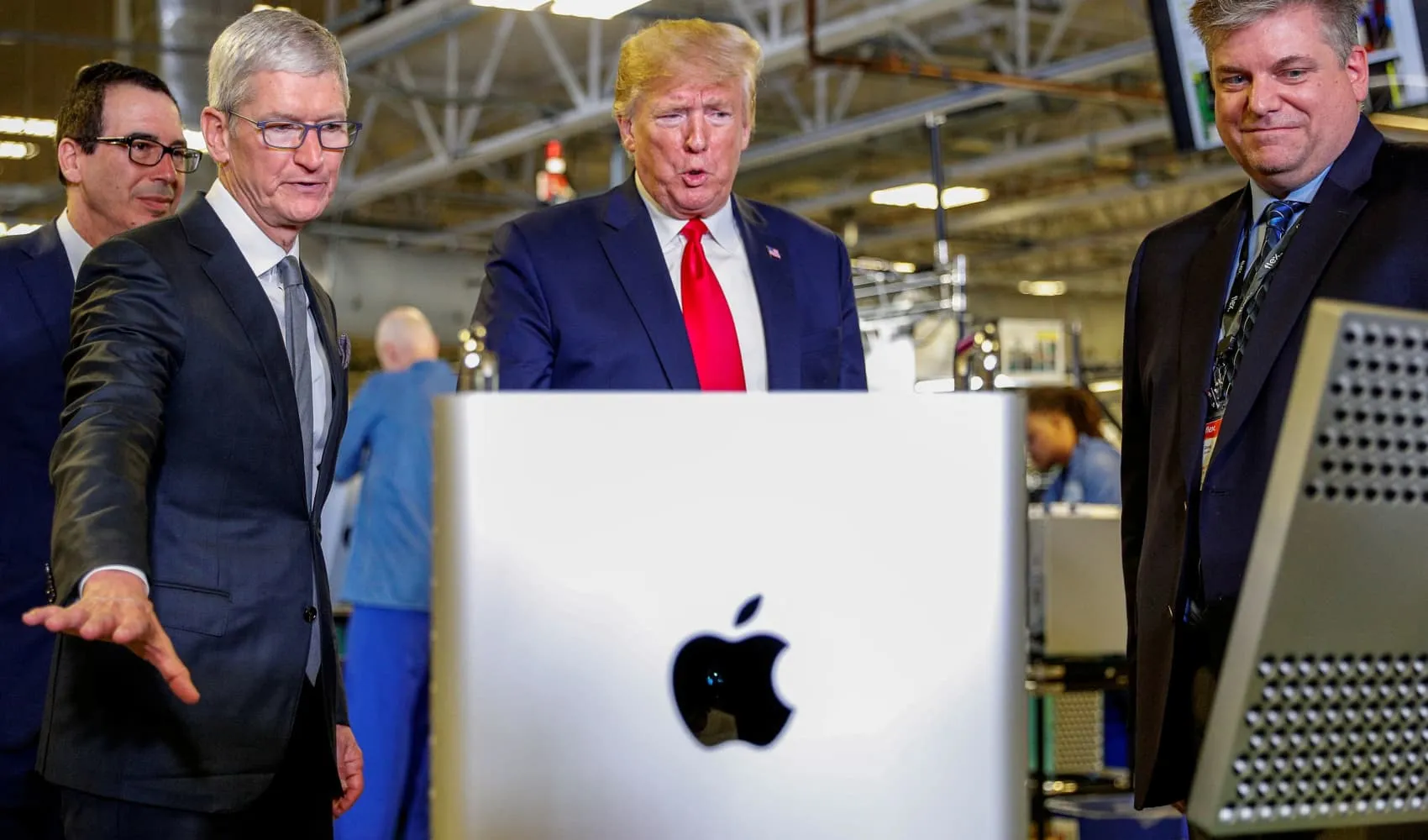
Apple Inc. (NASDAQ: AAPL), with a $3.02 Trillion market capitalisation, has long maintained a dominant position in the consumer electronics sector through its integrated ecosystem of hardware, software, and services. However, as tensions between the United States and China escalate with renewed tariff threats, Apple is again at the heart of global trade uncertainty.
This report evaluates Apple’s current stock outlook in light of these macroeconomic developments, while examining the company’s ability to withstand global trade challenges through its supply chain, revenue mix and long-term growth strategy.
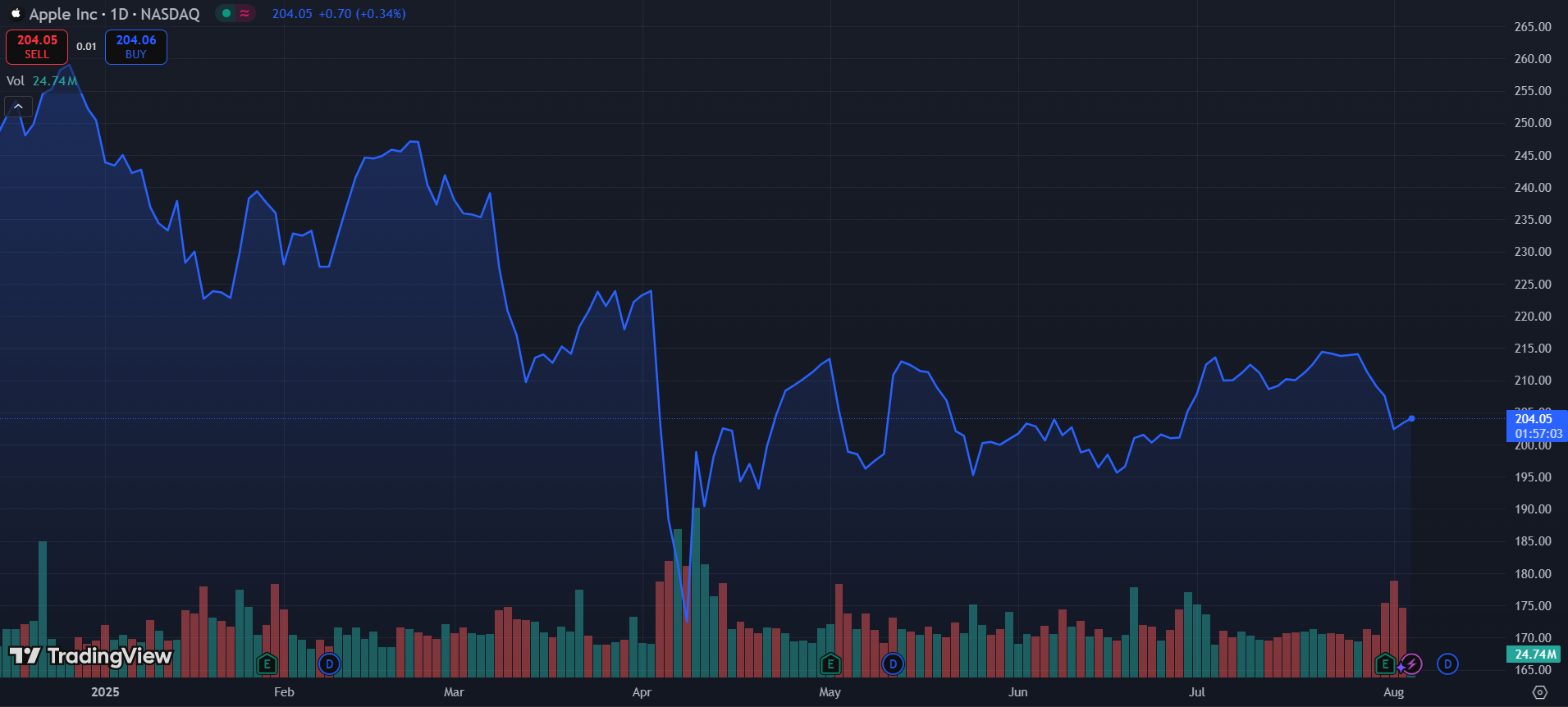



Tariff Fears Targeting Tech Giants
In April 2025, the U.S. Trade Representative proposed a new round of tariffs on Chinese-manufactured goods, including smartphones and tech components. This increased uncertainty through global markets, with Apple’s shares falling by approximately 6% over two weeks as concerns grew around higher production costs and weakening demand from China (Bloomberg, 2025).
Exposure to China Remains High
Despite Apple’s efforts to diversify, over 90% of their iPhones are still assembled in China (Financial Times, 2025). Also, the possibility of a 10% import tariff would increase the company’s cost of goods sold by an estimated $8 billion annually if passed entirely to consumers (Reuters, 2025).
Nationalism Hits Consumer Demand
At the same time, Apple faced a softening in demand within China, which accounts for nearly 19% of its revenue (Apple, 2025). Sales dropped by 2.1% YoY in Q2 FY25, partly due to nationalistic support for domestic brands such as Huawei, which has gained popularity since late 2024 (CNBC, 2025).
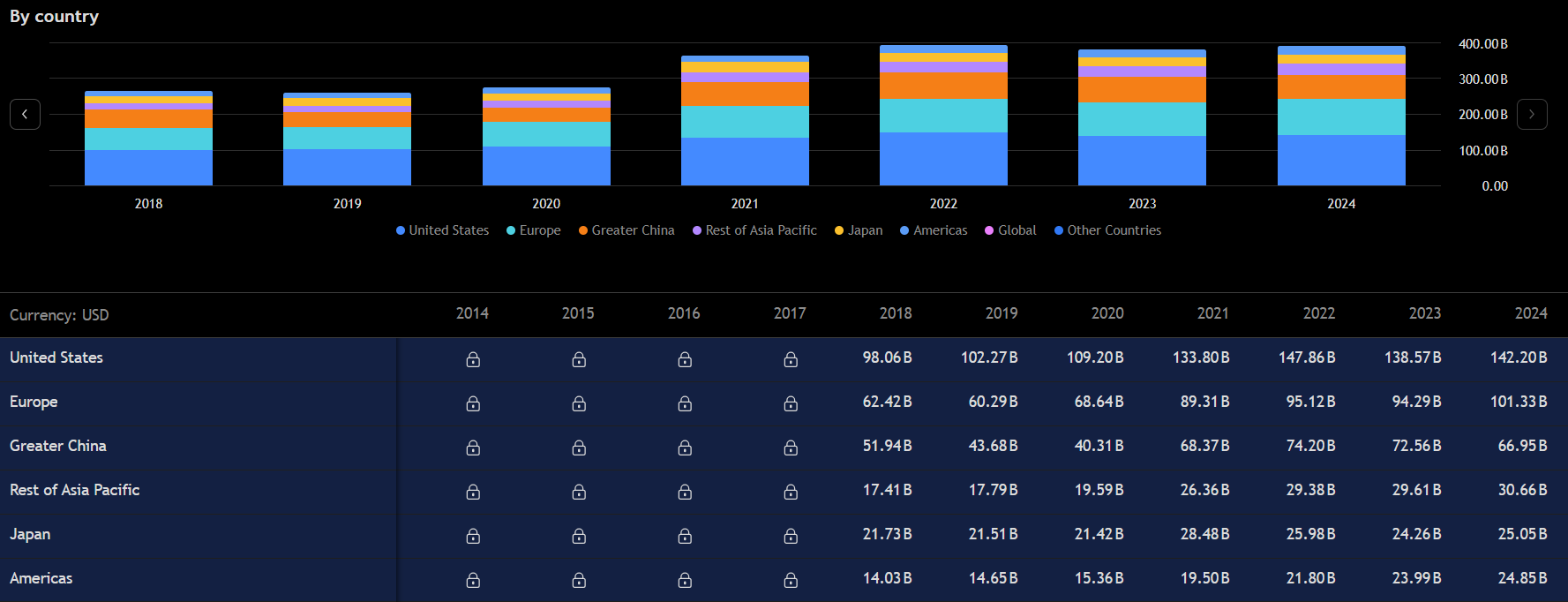



Apple’s services division provided a cushion amid hardware headwinds. Services revenue reached $23.9 billion in Q2 FY25, accounting for nearly a quarter of overall revenue (Apple, 2025). Subscriptions to Apple One, Fitness+, and iCloud remain growth drivers during uncertain times.
Diversification in progress
Foxconn’s operations in India increased dramatically in 2025. Approximately 13% of iPhones were assembled in India by July, with a target of 25% by the end of 2026 (Times of India, 2025). While still in early phases, this strategic shift helped restore some investor confidence.
Importance of innovation
Despite trade uncertainties, Apple has doubled down on AI and immersive tech. Its upcoming Vision Pro updates and AI-integrated Siri features, slated for FY26, are drawing positive analyst attention (The Verge, 2025). Investors are betting on Apple’s ability to lead the next hardware-software frontier.
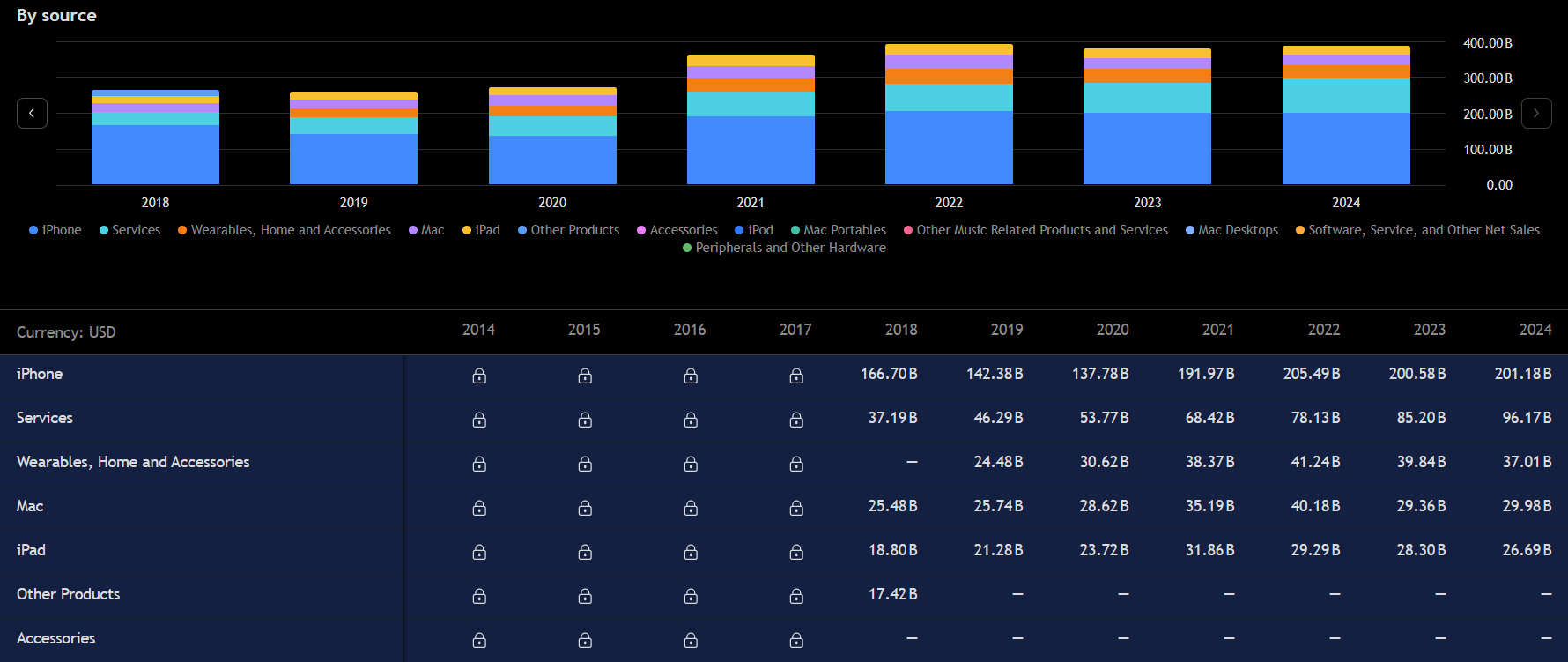



Apple continues to be one of the most financially secure companies globally, with over $60 billion in cash and cash equivalents on hand (Apple, 2025). This liquidity provides Apple with ample flexibility to cover macroeconomic uncertainty, invest aggressively in R&D, as well as pursue long-term strategic goals such as supply chain relocation and AI integration- all without relying on external financing.
Sticky ecosystem and brand loyalty
The iOS ecosystem is still a powerful moat for Apple. With over 2 billion active Apple devices globally, the high switching costs between Apple and other platforms lock users into their ecosystem. Whether it’s iCloud storage, AirPods synchronisation, or app purchases, customers are heavily embedded, making it difficult to shift to Android alternatives. This creates a recurring revenue base and sustains demand across product cycles.
Expanding services segment
Apple’s push into digital services has been a major growth lever. Revenue from Apple One, Apple Music, iCloud, and Fitness+ has shown double-digit growth YoY, now accounting for nearly one-quarter of total revenue (Apple, 2025). Services offer higher margins than hardware, helping offset volatility from smartphone sales and offering insulation from tariff-related cost increases.
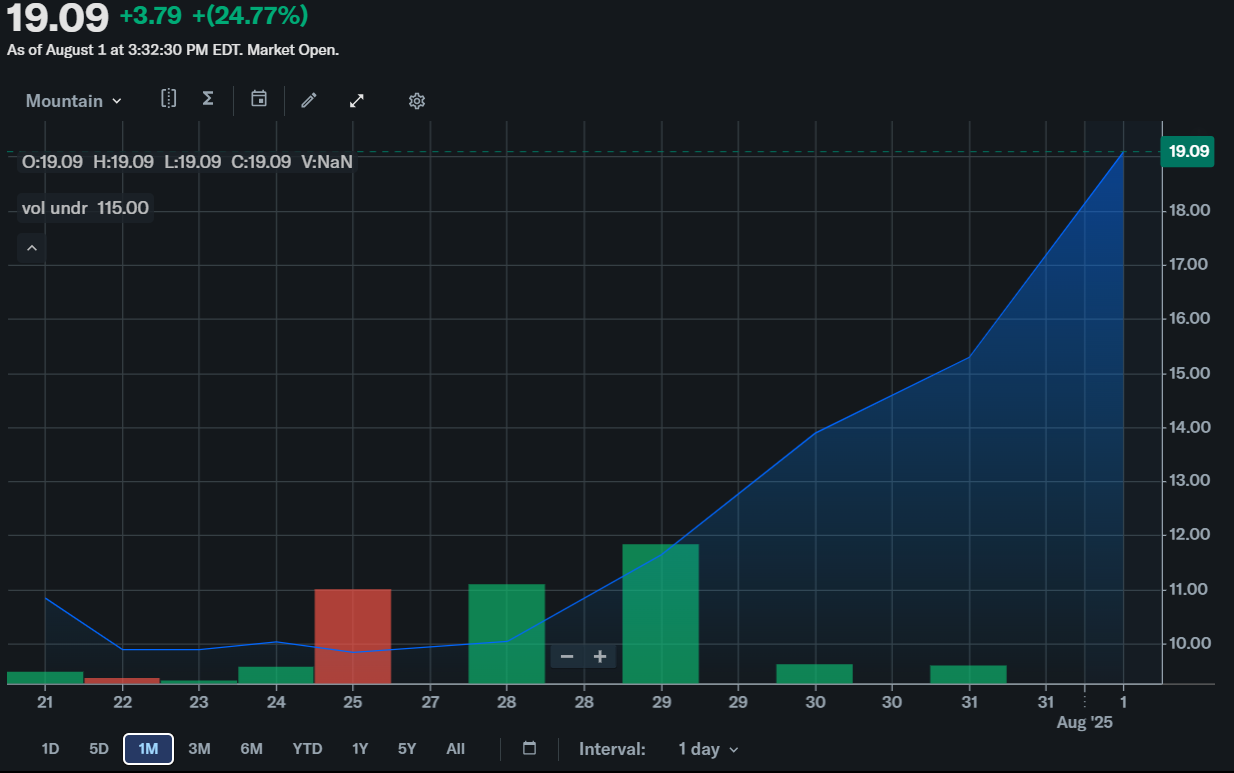



With the proposed 10% tariffs on China-manufactured tech, Apple faces rising production costs at a time when it is still heavily dependent on Chinese assembly lines (Bloomberg, 2025). Even if Apple partially passes these costs to consumers, the risk is margin compression, especially in already price-sensitive emerging markets. Prolonged trade tensions could also lead to retaliatory regulatory hurdles in China.
Rising competition from Chinese OEMs
Chinese tech giants like Huawei and Xiaomi have made notable strides in hardware quality, chip design, and brand loyalty in recent quarters. Huawei’s HarmonyOS ecosystem is growing in demand domestically, especially after nationalistic sentiment increased in China (CNBC, 2025). These competitors offer similar specifications at lower prices, threatening Apple’s market share- particularly in the mid-tier and upper mid-tier consumer segment.
Slowing smartphone replacement cycle
Globally, the smartphone market is maturing, and consumers are holding onto their devices for longer periods- now averaging over 3 years per device (Reuters, 2025). As hardware innovation becomes more incremental, and cost-of-living pressures persist in key markets, this trend dampens iPhone volume growth, especially in saturated regions like the US and Western Europe.
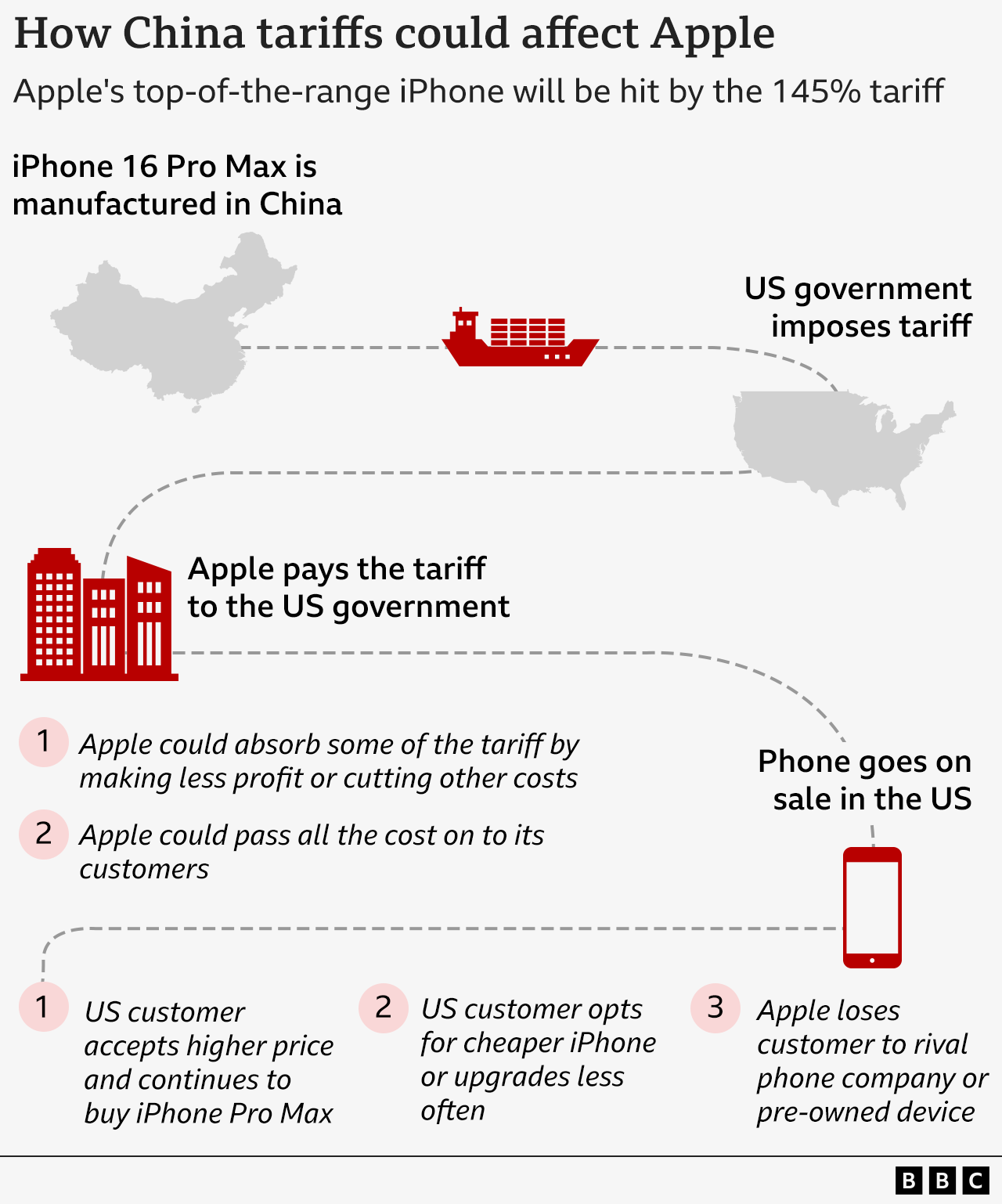



Apple’s brief stock slump in April 2025 reflected rising geopolitical and macroeconomic headwinds rather than structural weaknesses. While the company's dependency on China remains a concern, its strong services performance, early signs of supply chain diversification, and upcoming product cycles helped turn sentiment around.
With over $60 billion in cash reserves and a fiercely loyal consumer base, Apple’s long-term fundamentals remain intact. The tariff turbulence highlighted not just the fragility of global tech supply chains, but also Apple’s capacity to respond swiftly and smartly.











